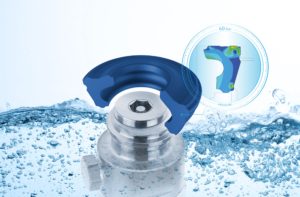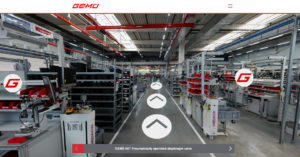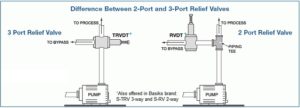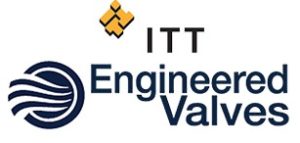New D4PMO Mix proof Valve Promises to be a Winner for US Dairy Applications
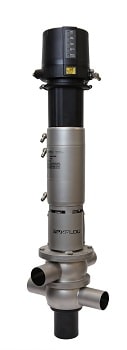
The new D4PMO valve. (Image source: SPX Flow)
Due for release over the next few months, the new D4PMO valve has been designed specifically for the US dairy market in line with the latest 3-A sanitary standard 85-02 for Pasteurized Milk Ordinance (PMO).
The D4 range took SPX Flow mix proof valve technology into a new generation. The valves, which have been very popular since their release, are now well proven in processes across the beverage, brewery, food, dairy, personal care, and other sanitary applications around the world. They offer reliable separation of dissimilar products during continuous processing, with assured separation of clean-in-place (CIP) fluids. The D4PMO is based on the already proven design of the core D4 mix proof range with additional features to meet PMO standards, such as maintaining zero pressure within the vent cavity and the impingement of CIP fluid during seat lift operation.
To manage seat lift detection, the D4PMO valve includes the advanced CU4plus control unit as standard. This unit has an innovative fully integrated position and seat lift detection with internal sensors, which eliminates external wiring to avoid damage during handling or washdown. This smart control unit, combined with the clever design of the valve unit, make the overall D4PMO solution ideal to meet the high integrity demands of the US dairy market.
The D4PMO valve is competitively priced and offers dairy businesses a budget-friendly solution to provide reliable processing, excellent cleanability and ease of maintenance. It has a fully balanced design for flexible flow direction without slamming and integrated flow channels for flushing the upper balancer during seat lift movement without the need for full actuation or additional external piping.
Chris Sinutko, Global Product Manager - Valves, Food & Beverage, SPX Flow, said: “I am pleased with the success we have seen with the core D4 Series valves and this is an exciting new addition to the range. It offers dairies excellent return on investment with all of the features required for ultra-safe operation included within the standard model. The valve design combined with the functionality of our advanced control unit make it a premium valve of choice for the industry.”
For ease of installation and service, the valve is light weight and uses a common seal kit across multiple size ranges. Based on a combination of expertise and experience from the SPX Flow Waukesha Cherry-Burrell and APV brands and proven performance of the standard D4 valve model, the D4PMO promises to be a reliable, efficient and safe workhorse for the dairy industry. It is manufactured in the USA, at the SPX Flow state-of-the-art facility in Delavan, Wisconsin and supported by a close network of sales and service partners across the USA.
Source: SPX Corporation


